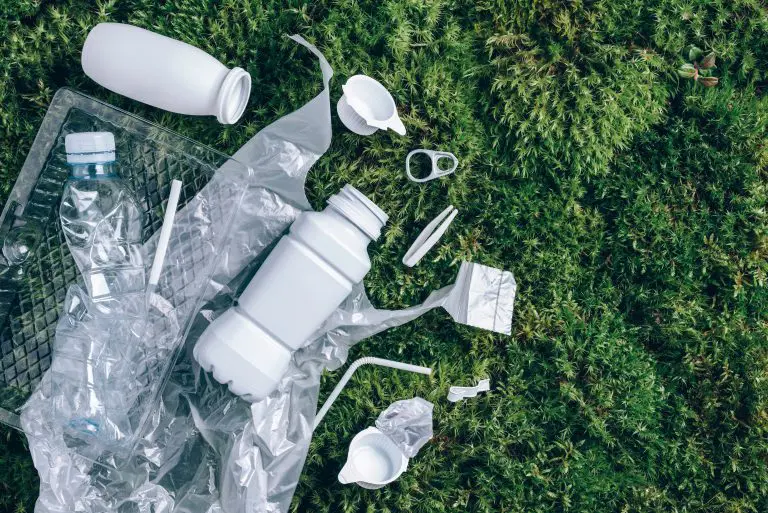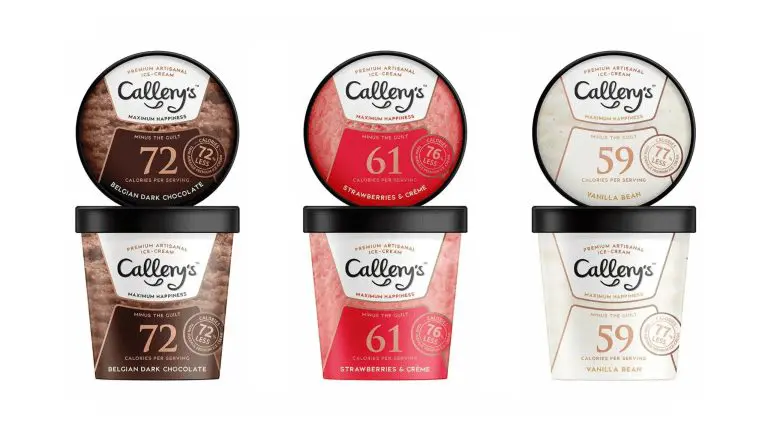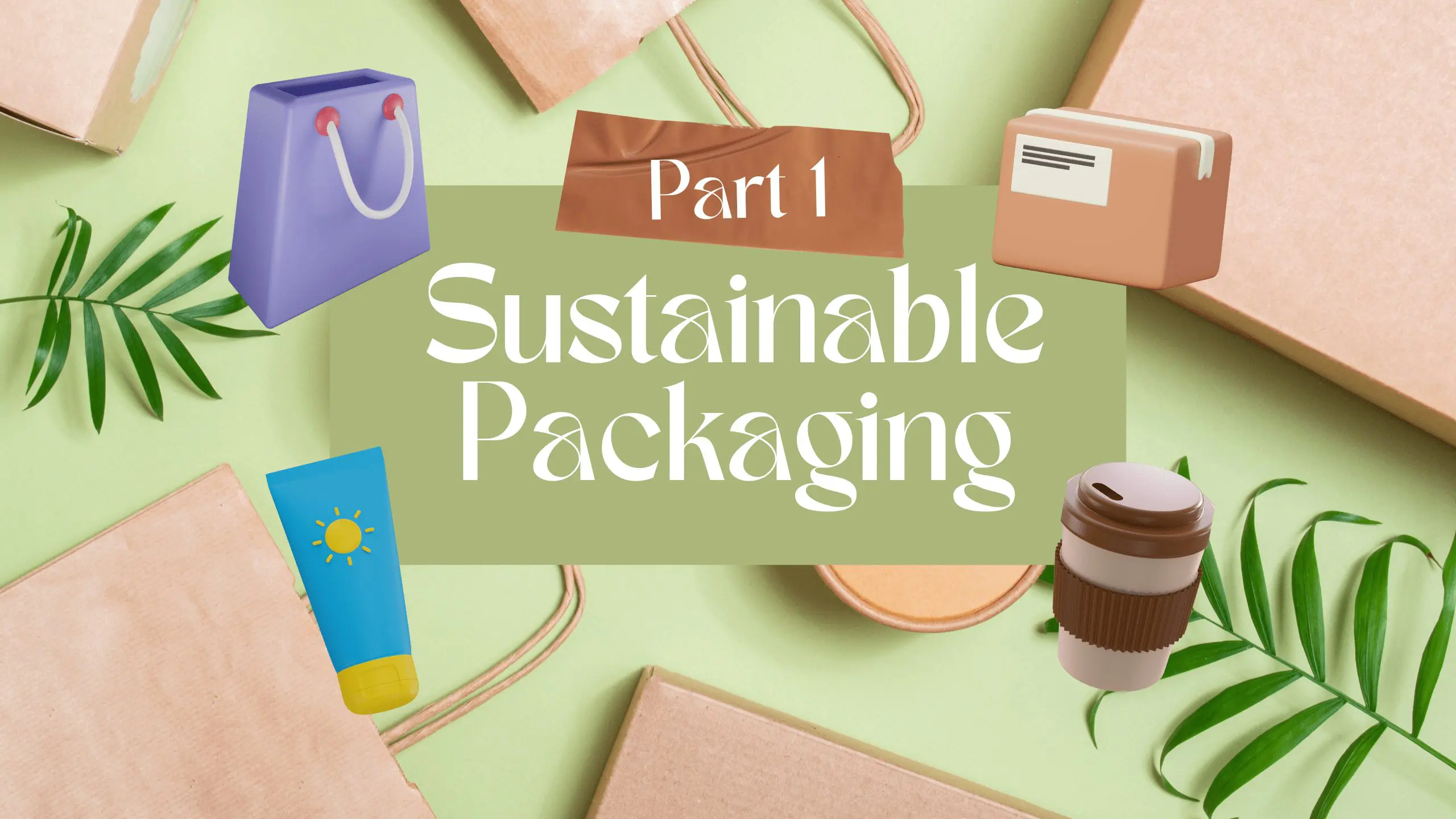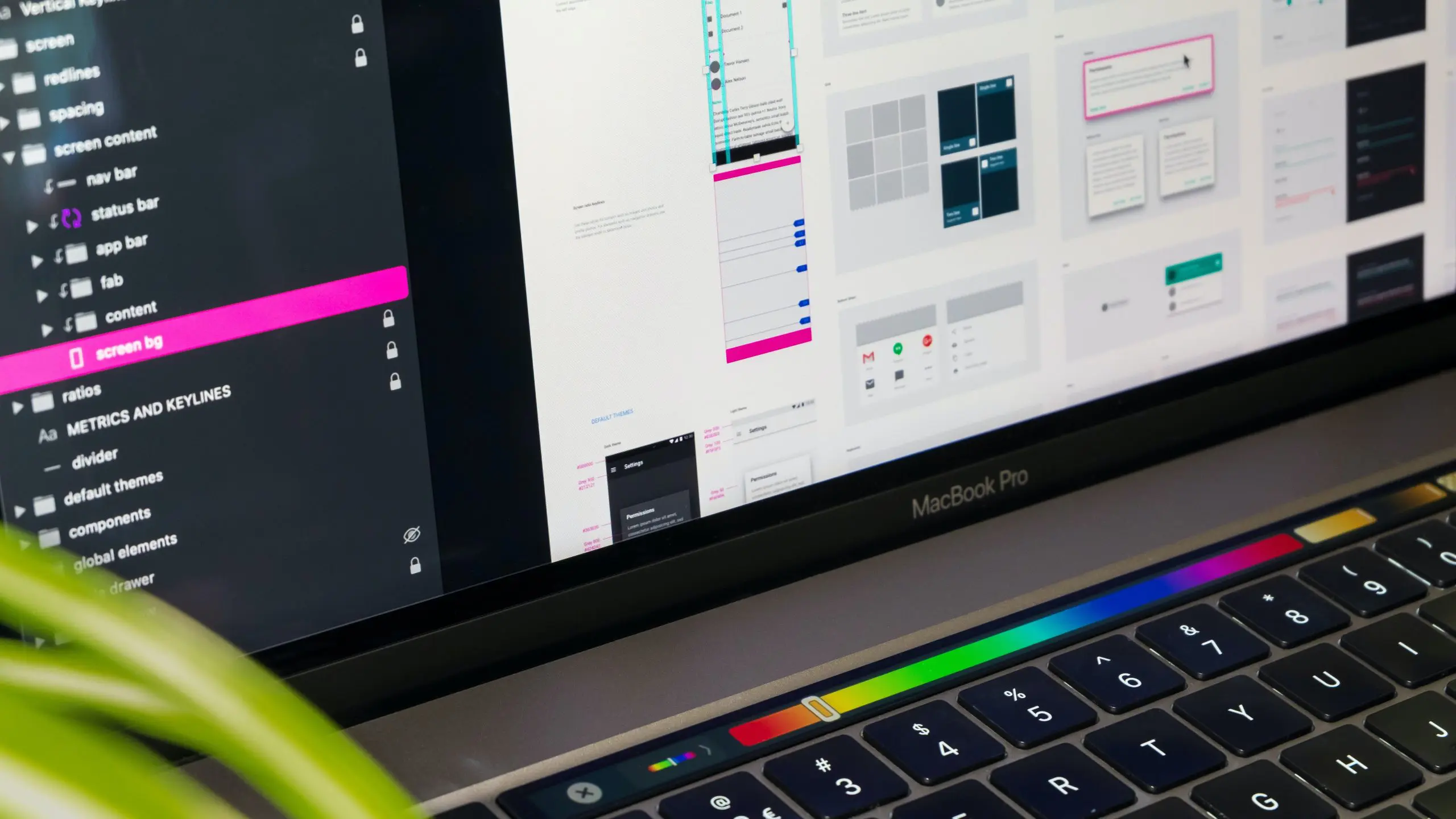Part 1: Your Brand Can Make a World of Difference with Sustainable Packaging
- Packaging Design
- Green Economy
Part 1: Your Brand Can Make a World of Difference with Sustainable Packaging
Packaging matters, but developing them from sustainable materials is ever necessary for the current world.
Here are some recommendations you can follow to ensure that your materials meet the sustainable criteria for your packaging solutions.
Plastic

Preferred Finishes:
✔️ Use materials that are as widely available as possible (PP, PE, PET)
✔️ Use recyclable material combination (ideally mono-materials)
✔️ Ensure surface area of the base material should, at best, be covered to a maximum of 50% with a sleeve, label or banderole
✔️ Easy mechanical separability of the individual components in the sorting process
✔️ If possible, use transparent materials
✔️ Use as few additives as possible
✔️ Adhesives are recyclable or washable under certain conditions
✔️ No barrier layers, but if necessary: use carbon plasma coating3, SIOx- or Al2O3 barrier
To Avoid:
❌ Small parts that can be separated by the last consumer (littering)
❌ Non-recyclable material composites
❌ Density-changing additives (density-increasing additives in PE and PP packaging lead to problems during sorting)
❌ Use of Carbon-black based inks

Check out our writable hydration bottle that we designed and produced for NYSI, a youth-centric sporting organisation that aims to value-add and positively impact the Singapore youth sports ecosystem.
Paper / Carton

Preferred Finishes:
✔️ Choose fibres from coniferous and deciduous trees for production
✔️ If possible, finish without coating. However, if necessary, use single-sided plastic coatings or plastic laminate (fibre content in the best case > 95%)
✔️ Adhesive applications that do not lead to the formation of problematic stickles
✔️ Inks that can be removed in the de-inking process
✔️ Use as little colouring as possible, and minimal printing with EuPIA-compliant colours
To Avoid:
❌ Plastic coatings on both sides
❌ Wax coatings
❌ Silicone paper (exception: feed to special recycling plants)
❌ Wet-strengthened fibre components
❌ Integrated windows and other plastic components which cannot be easily separated from paper

See how we branded, designed, and produced for Callery’s, one of the world’s first premium reduced-calorie ice-cream founded in Singapore.
Packaging matters, but developing them from sustainable materials is ever necessary for the current world.
Here are some recommendations you can follow to ensure that your materials meet the sustainable criteria for your packaging solutions.
Plastic

Preferred Finishes:
✔️ Use materials that are as widely available as possible (PP, PE, PET)
✔️ Use recyclable material combination (ideally mono-materials)
✔️ Ensure surface area of the base material should, at best, be covered to a maximum of 50% with a sleeve, label or banderole
✔️ Easy mechanical separability of the individual components in the sorting process
✔️ If possible, use transparent materials
✔️ Use as few additives as possible
✔️ Adhesives are recyclable or washable under certain conditions
✔️ No barrier layers, but if necessary: use carbon plasma coating3, SIOx- or Al2O3 barrier
To Avoid:
❌ Small parts that can be separated by the last consumer (littering)
❌ Non-recyclable material composites
❌ Density-changing additives (density-increasing additives in PE and PP packaging lead to problems during sorting)
❌ Use of Carbon-black based inks

Check out our writable hydration bottle that we designed and produced for NYSI, a youth-centric sporting organisation that aims to value-add and positively impact the Singapore youth sports ecosystem.
Paper / Carton

Preferred Finishes:
✔️ Choose fibres from coniferous and deciduous trees for production
✔️ If possible, finish without coating. However, if necessary, use single-sided plastic coatings or plastic laminate (fibre content in the best case > 95%)
✔️ Adhesive applications that do not lead to the formation of problematic stickles
✔️ Inks that can be removed in the de-inking process
✔️ Use as little colouring as possible, and minimal printing with EuPIA-compliant colours
To Avoid:
❌ Plastic coatings on both sides
❌ Wax coatings
❌ Silicone paper (exception: feed to special recycling plants)
❌ Wet-strengthened fibre components
❌ Integrated windows and other plastic components which cannot be easily separated from paper

See how we branded, designed, and produced for Callery’s, one of the world’s first premium reduced-calorie ice-cream founded in Singapore.






















 Singapore
Singapore  Indonesia
Indonesia  Italy
Italy